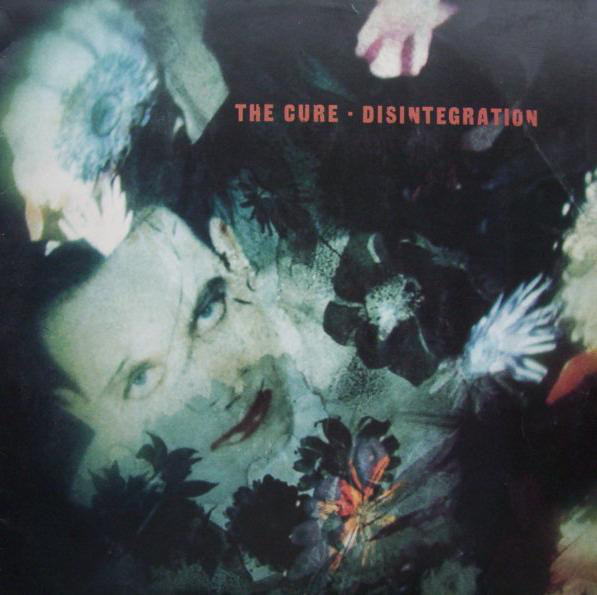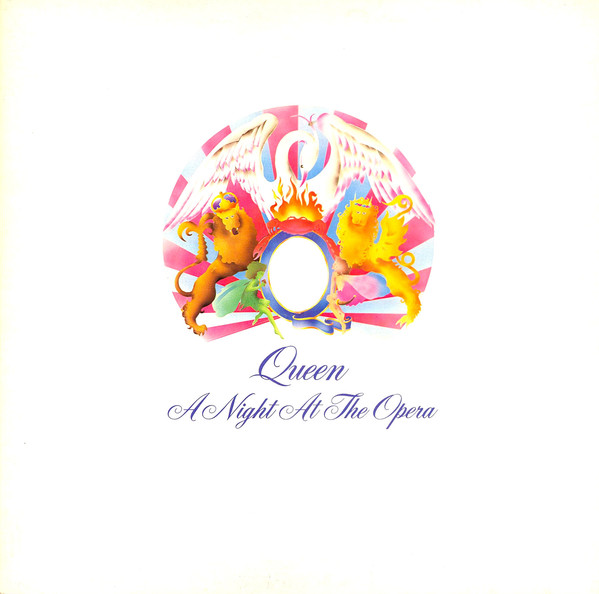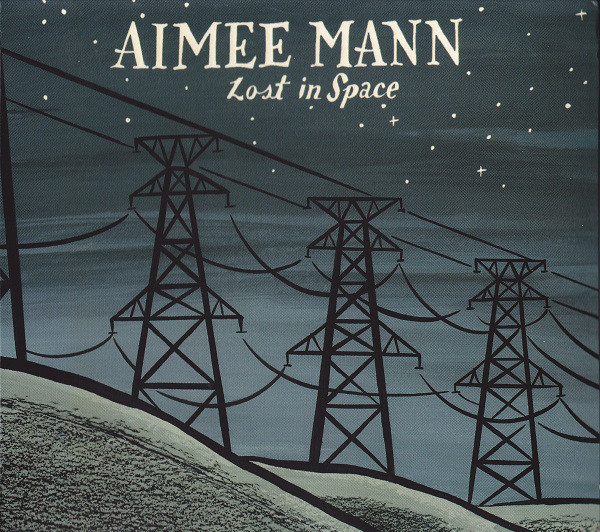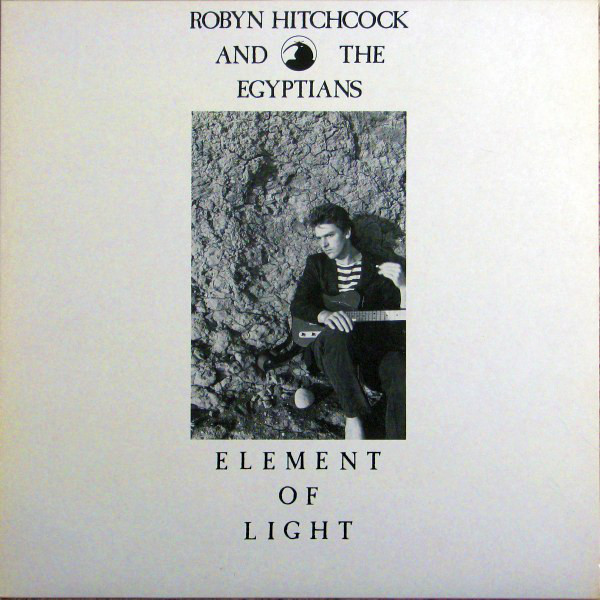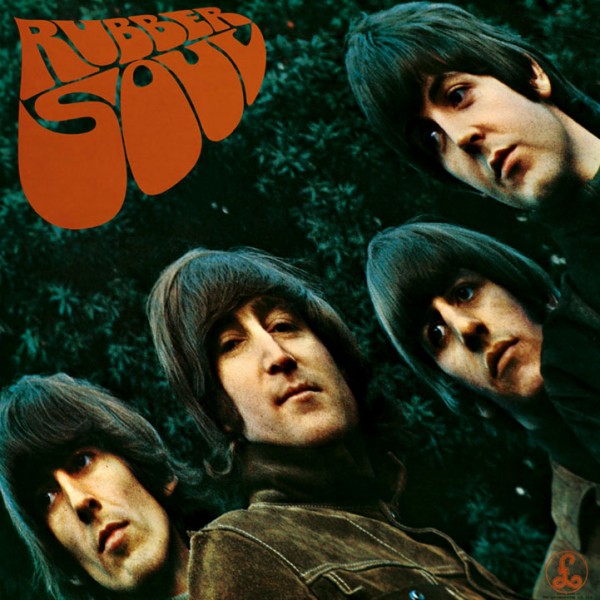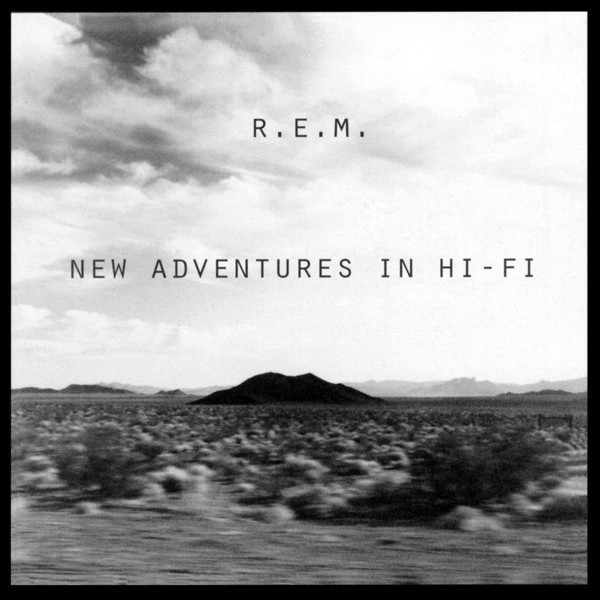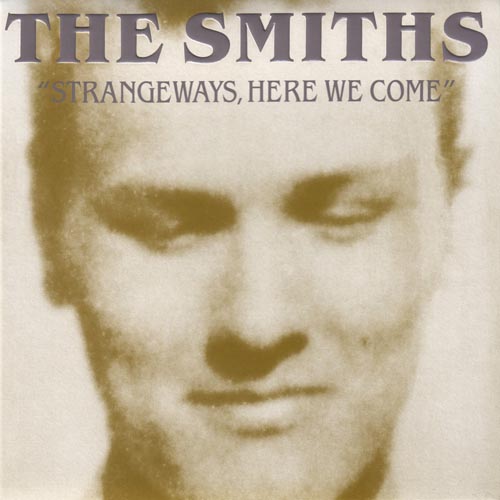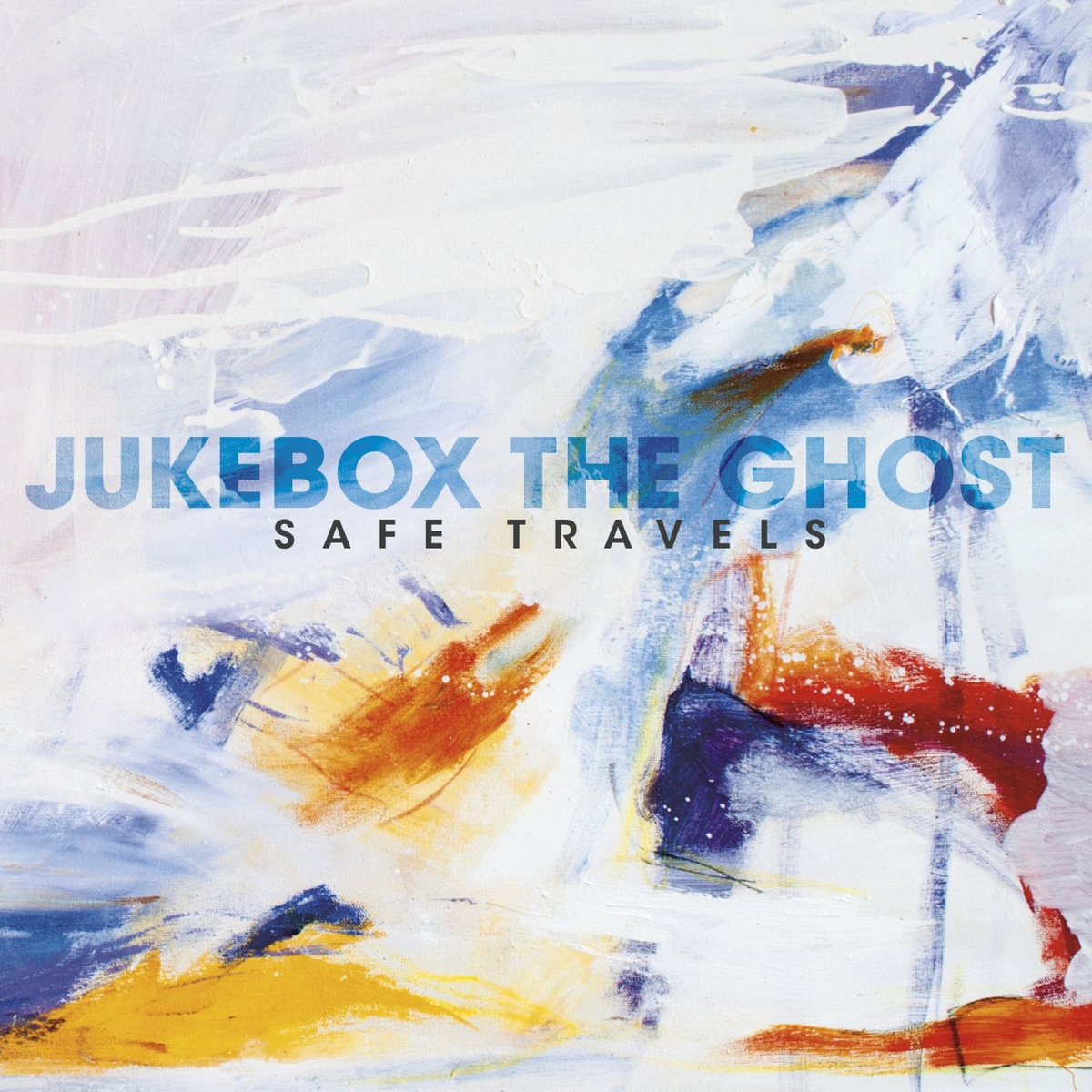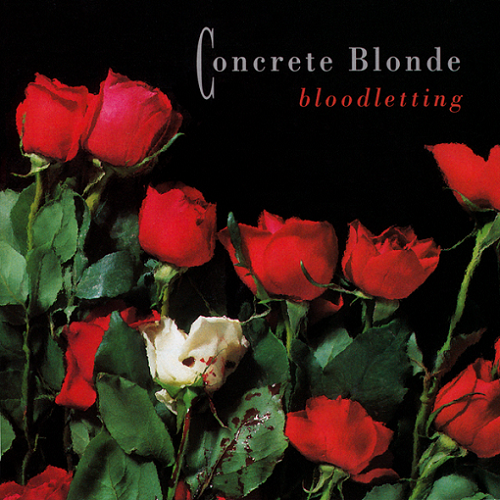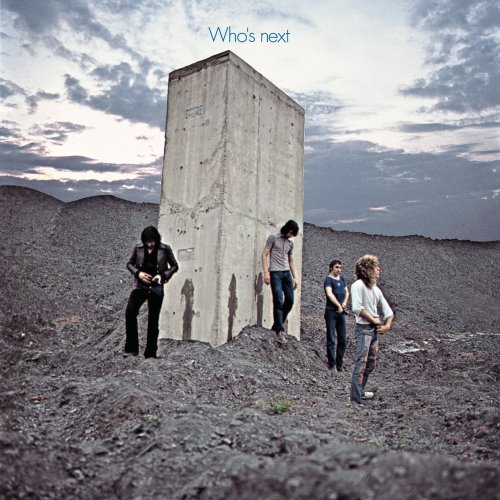 Disintegration is the album that really sold me on The Cure. Yes, I know, I was a bit late to the party.
Disintegration is the album that really sold me on The Cure. Yes, I know, I was a bit late to the party.
Some of the singles off Kiss Me, Kiss Me, Kiss Me were too good to ignore, but I wasn’t a big fan of Robert Smith’s voice initially. And then Disintegration came out, with “Fascination Street” released as the first U.S. single. I was hooked, no two ways about it.
Where Kiss Me, Kiss Me, Kiss Me was warm and open, Disintegration is the album that launched a thousand Shoegazer bands. “Plainsong” opens the album with a slow, majestic swell of synthesizers and drums. It’s almost funereal, but also entrancing. Two and half minutes into “Plainsong” pass before Smith’s vocals begin, and he’s talking softly and calmly.
